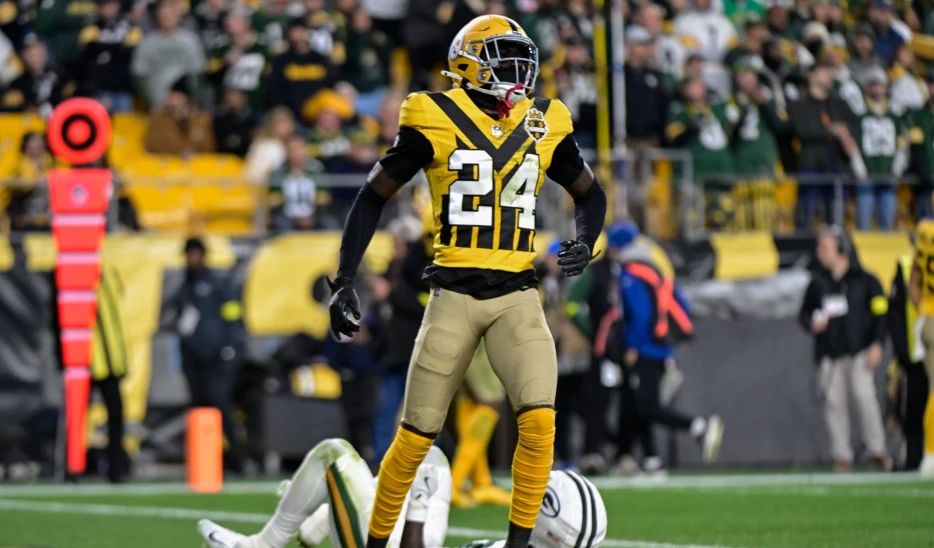
PITTSBURGH — All of the issues that caused the Pittsburgh Steelers defense to completely collapse against the Green Bay Packers on Sunday were readily evident before the Steelers took the field for Sunday Night Football.
Most recently, the very combination of things that caused a 28-point second-half explosion by the Packers had all happened the week before against the Cincinnati Bengals.
The opposing quarterback got rid of the ball quickly, so quickly as to completely neutralize the Steelers’ pass rush. Despite the speed at which the quarterback was throwing, his first reads has almost always been open, with catches frequently uncontested and hundreds of yards after the catch allowed.
When the Steelers have tried to play man-to-man, they’ve been individually beaten. In zone schemes, they’ve lost eye discipline and leverage and outright blown coverages and missed assignments.
The result was a team that gave up 342 yards and three touchdowns to 40-year-old Joe Flacco 10 days before they played a far more deadly quarterback in Jordan Love. In the end, not much changed. Love torched the Steelers for 360 yards and three touchdowns in a 35-25 Green Bay victory.
The ways the Steelers were beaten changed slightly. Instead of slants to Ja’Marr Chase, it was wide open routes in the flat and tight end Tucker Kraft that tortured the Pittsburgh defensive backfield.
But the end result was the same: Steelers defenders, flailing hopelessly all over the secondary, failing to cover and all too often, also failing to tackle.
After the Bengals game, head coach Mike Tomlin was asked repeatedly about his team’s failures and repeatedly pointed out the club’s lack of success in stopping the run as the primary issue.
The Steelers gave up a season high to Bengals running back Chase Brown, and to hear Tomlin tell it, those failures, and the inability to get the Bengals into disadvantageous downs and distances, are what caused the issues in the secondary.
“We’ve got to stop the run more effectively,” Tomlin said on Tuesday. “We feel like that’s a building block for us to play good defense, to get offenses in more one-dimensional passing circumstances, to get people in more advantageous possession-down circumstances for us. Our inability to stop the run, I think created that, and that was an issue for us. … It created an environment where we weren’t controlling the game from that perspective.”
That was specious analysis at the time. On Sunday, it was proven to be completely incorrect.
The Steelers largely limited the impact of Green Bay running back Josh Jacobs, who averaged 2.5 yards per carry and finished with 33 yards on 13 attempts.
The Steelers got the Packers in third and long seven times. Outside of a garbage-time run, Love completed 3 of 6 passes for 102 yards, converting 50% of his third and longs. (Pittsburgh was just 1 of 10 on third down).
When the Steelers didn’t get Packers behind the sticks, it wasn’t because of the running game. It was the short passing...